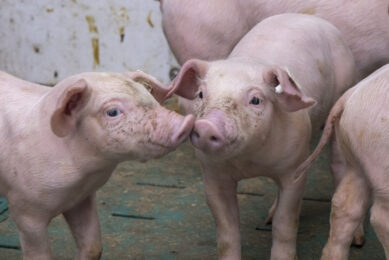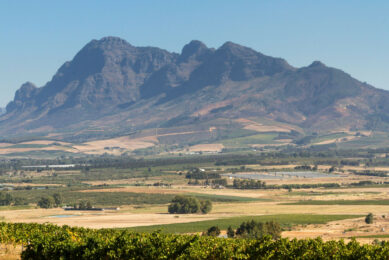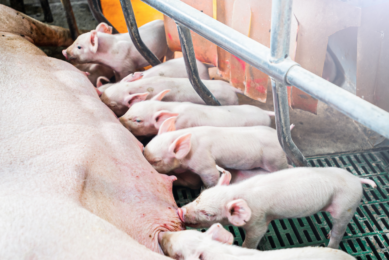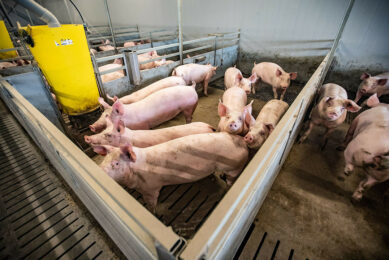Thai government fighting market volatility
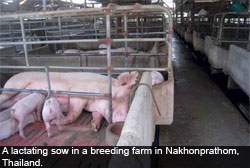
Over the last five years, the Thai pig industry has seen both remarkable growth and contraction. The volatility in the market makes investments difficult – and the Thai central government announced plans to make the Asian country’s pig market more stable.
By Chayanon Kittayachaweng, president, Animal Husbandry Association of Thailand (AHAT), Bangkok, Thailand
Between 2006 and 2010, the main destination for pigs produced in Thailand was Thailand itself. In this period, pork exports have only accounted for about 2-3% of the country’s total production capacity. Average annual meat consumption per person in Thailand has been 14-15 kg and demand for pork in Thailand has not been fluctuating strongly. Supplies, however, have been swinging strongly, having some far-reaching consequences which are outlined below. There are three different reasons for the supply volatility:
- Various pig diseases
- Fluctuating prices for feed, e.g. for corn, soy meal or cassava
- Fluctuating prices paid for live pigs
Expansion
In the years 2005-2006, pig prices have generally been good, hence Thai pig farmers have been working hard to make profit. This resulted in an expanded number of pigs that were produced on larger farms. Keeping in mind, however, that domestic demand did not increase, the oversupply led to a slump in pig prices in 2007.
In addition, just like the rest of the world, the Thai pig industry met higher animal feed and raw material prices during 2007 and 2008. Disease outbreaks such as PRRS, Porcine Epidemic Diarrhoea, Porcine Circovirus (PCV2) completed the picture. As a consequence, profits dwindled and soon the pig industry was suffering losses. This, in turn, led to supplies being affected: in 2006, sow breeders kept approximately 930,000 sows. It is expected, however, that in 2010 the number of sows will be reduced to 840,000, yielding about 11 million pigs/year. Stakeholders in the Thai pig industry have been disappointed about this continuous situation of market volatility in Thailand. Therefore, it has been decided that the government and private sectors ought to cooperate more. Recently, the government announced to install a Pig Board, focusing on pig production and relevant policy development. In this board, representatives were appointed from both the government and the private sector. The board’s directors appointed four sub-committees to zoom in deeper on different developments in the pig market.
- Pig production: To manage farming systems, farm development standards, disease prevention and farm registration.
- Pork products: To develop marketing plans for the promotion of value-added processed products and to stimulate consumption.
- Transport: To develop market standards for transport of pigs and pig carcasses – and for pig slaughtering. This also includes communication to consumers about hygiene standards.
- Quality standards: Setting standards for quality analysis on feed, food and meat products.
| Developments in the Thai pig industry Sow numbers:
Slaughtering
Trade liberalisation
|
| Zoom: The Thias pig industry behind CPF and Betagro When people think of the Thai pig industry, they often think of the two largest integrators on the market, being Charoen Pokphand Foods and Betagro. Since they occupy approximately 30% of the total domestic market, more than 70% remains in the hands of small, medium and larger farms. Among these followers, no real winner can be spotted. There is a wide variety of different groups with different objectives, all involved in raising pigs. One thing, however, binds them together: they all professionalise and increasingly take into account the desires from customers. Associations and cooperatives
Direction
|



